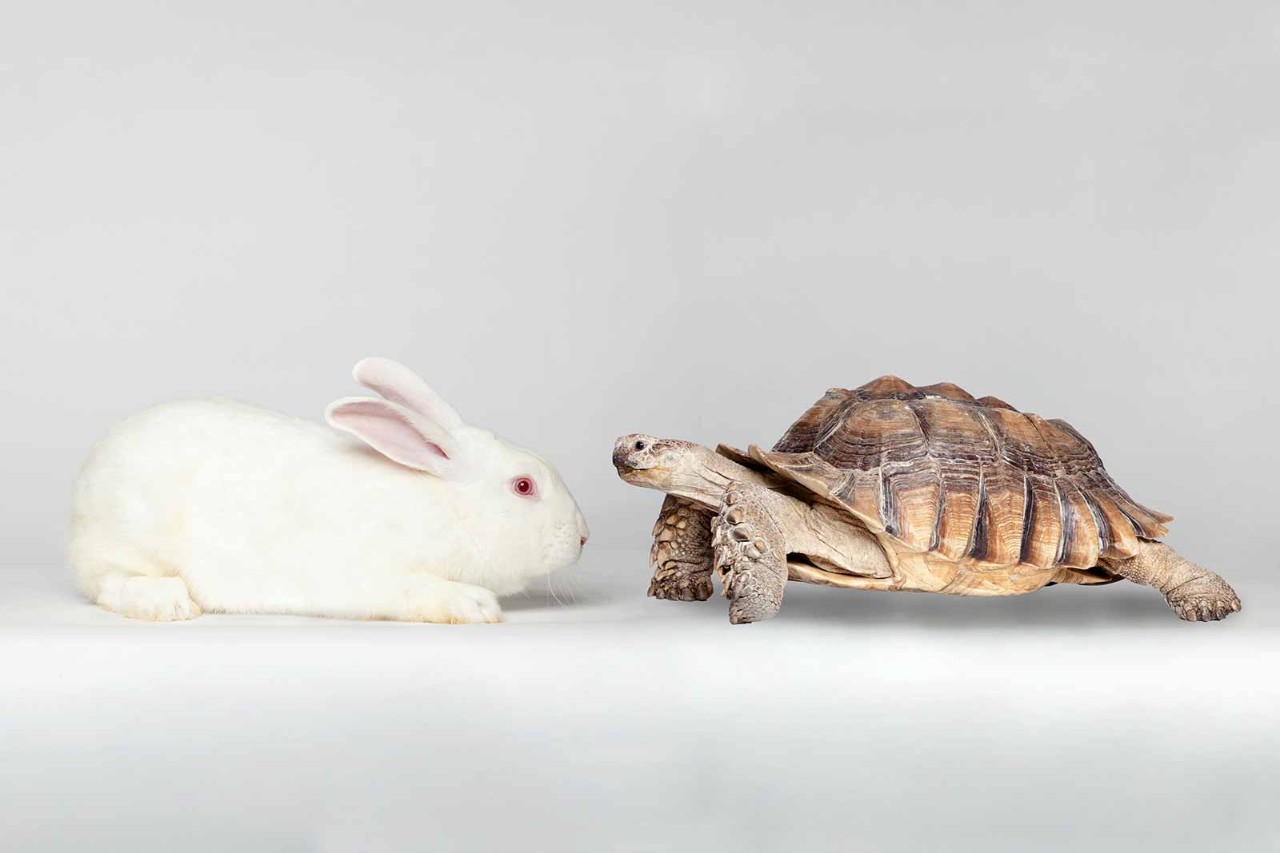
It looks likely that goodwill amortisation is going to be exhumed, despite no one being able to say what we should do with the metric. I still find it odd that we are putting something in the income statement that takes reported profit even further away from economic reality. However, I guess it’s time to move on and consider how companies can help investors find the information that they actually need.
Stakeholder capitalism may be replacing shareholder value, but executives still have a fiduciary duty to act in the best interests of shareholders. The notion of ‘best interests’ is inherently slippery when looking at the future, but it should be possible to look backwards and assess whether management has done a good job of deploying capital. There are numerous definitions of how to measure return on invested capital (ROIC), and it remains a very popular tool with professional investors.
The problem is that current accounting standards are making it steadily harder to derive a satisfactory ROIC number. In an ideal world, it would be easy to find a clean operating profit number and compare it with total invested capital. In the real world, these simple tasks can be impossible without additional voluntary disclosure.
Brands, customer lists and so on are just goodwill in disguise
Castles built on sand
The heart of the problem is the note on intangible fixed assets. Intangible assets come in two very different flavours: internally generated and artificially created during acquisitions. It’s the second type that causes all the problems. These ‘assets’ (brands, customer lists and so on) are, in my view, just goodwill in disguise. They are impossible to value with accuracy, and the amortisation period is even less robust. The amortisation charge is a notional carrying cost and has no operational or cashflow significance.
Many companies have now disclosed some form of EBITA (earnings before interest, taxes and amortisation), which is in effect operating profit before the amortisation of acquired intangibles. For those that don’t disclose this, investors have to read the intangibles note, which may or may not have the required information. It’s usually possible to derive your own EBITA number.
Separating ‘real’ intangibles from invented ones is often not possible
The real problem is with invested capital. The last time we had goodwill amortisation, most investors added back all amortised or impaired goodwill to get an all-in number for the invested capital. This is, after all, real money that was invested by management. The principle for acquired intangibles should be the same: add back all the historical amortisation to get a robust number.
Unfortunately, the nature of the intangibles note can make this impossible. Separating ‘real’ intangibles from invented ones is often not possible. For acquisitive companies, this problem gets worse over time as the intangibles note becomes steadily more of a mess. Trying to locate a number for gross acquired intangibles is often impossible.
For enlightened companies, goodwill amortisation is a voluntary disclosure opportunity
More information
See Adam Deller’s short video on the fundamental principles of IAS 38, Intangible Assets
Simple solution
Luckily, there is an easy solution. The intangibles note should be two separate notes: one for internally generated intangibles and another for acquired intangibles. Rather than waiting for the standard-setters, some investor-friendly companies now split the note internally into these two very different categories on a voluntary basis. A good example is Atlas Copco in Sweden.
At a stroke, investors can get a better operating profit number (it’s easy to strip out the amortisation charge for acquired intangibles) and can add back all the amortised quasi-goodwill to derive a better invested capital number. This is very easy for companies to do, as the two assets are already separated internally.
I think exactly the same thing will happen when goodwill amortisation returns. Investors will strip out the charge and add back the cumulative amortisation. Enlightened companies should treat the return of goodwill amortisation as an opportunity to improve voluntary disclosure on all acquired intangibles.




